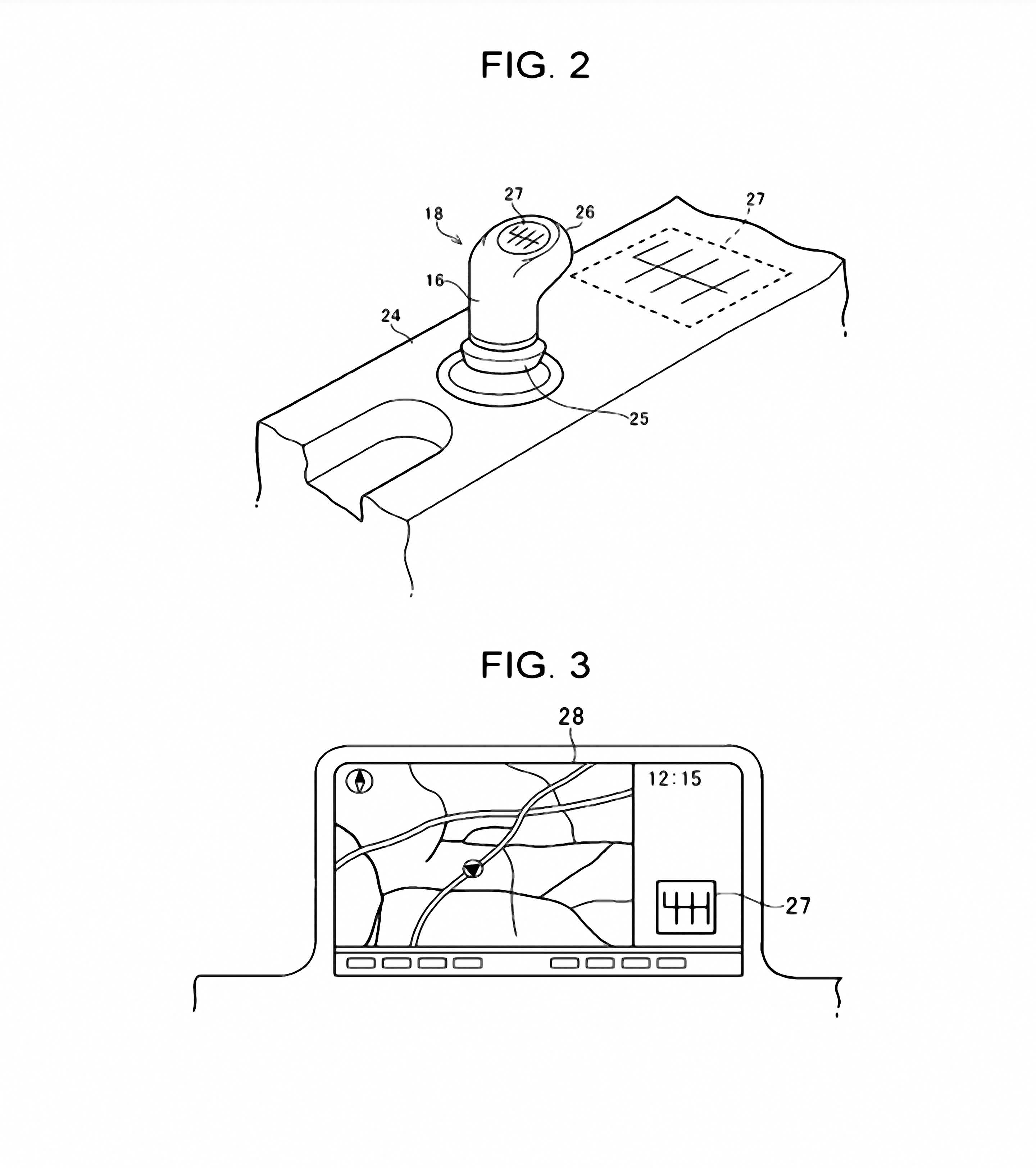Forward-looking: Toyota is recreating the experience of driving a car with a manual transmission in its EVs complete with the sensation of stalling if there isn't enough throttle. It is part of the carmaker's array of futuristic technologies for its electric vehicles.
A recently-published patent application from Toyota shows the details of the virtual manual transmission that the global carmaker is working on for some of its EVs. Essentially, it uses a gear stick typical to those in a manual car configured for a variety of shift patterns and torque characteristics.
Earlier this summer Toyota announced a range of new futuristic technologies for its battery electric vehicles that would be equipped with both drive control and clutch functions. This patent appears to be part of that initiative.
The virtual manual transmission detailed in the patent application would not be limited to six gears, NotebookCheck explained, but instead users will be able to select from various torque patterns to match their driving style. They'll also have fourteen speeds to pick, which isn't practical for a manual gas burning combustion engine, Motor1 points out, but can work fine when the manual transmission is just being simulated.

How is Toyota putting all these moving parts together? The patent describes a scenario in which the user selects a gear just like they would with a regular manual car, but as they move up through the gears, a virtual pattern offers the next set of ratios, Motor1 explains. So if the sixth gear is selected, a display will show other available ratios, allowing the driver to go up to the seventh or beyond.
The technology is being tested in a Lexus UX300e EV.
Toyota announced the global debut of the new UX 300e last year and deliveries began this spring. The luxury car (seen below) came to market with a newly developed battery pack offering a cruising range that is more than 40% longer than that of the previous model and a battery capacity of 72.8kWh.
Joel Stocksdale at Autoblog test drove Toyota's manual EV prototype and wrote that the experience "kind of broke our brains." The execution is fairly simple, despite the complexity of the manual version, with the shifter and the clutch pedal not linked to anything else while equipped with a sensor to detect shifter and clutch pedal positions. The software operated everything else, adjusting the torque depending on RPM, vehicle speed and gear.
Toyota engineers even managed to recreate the feeling of coming close to stalling if you're not giving enough throttle. The engine will even shut off if it doesn't get enough throttle in time, Stocksdale wrote.
